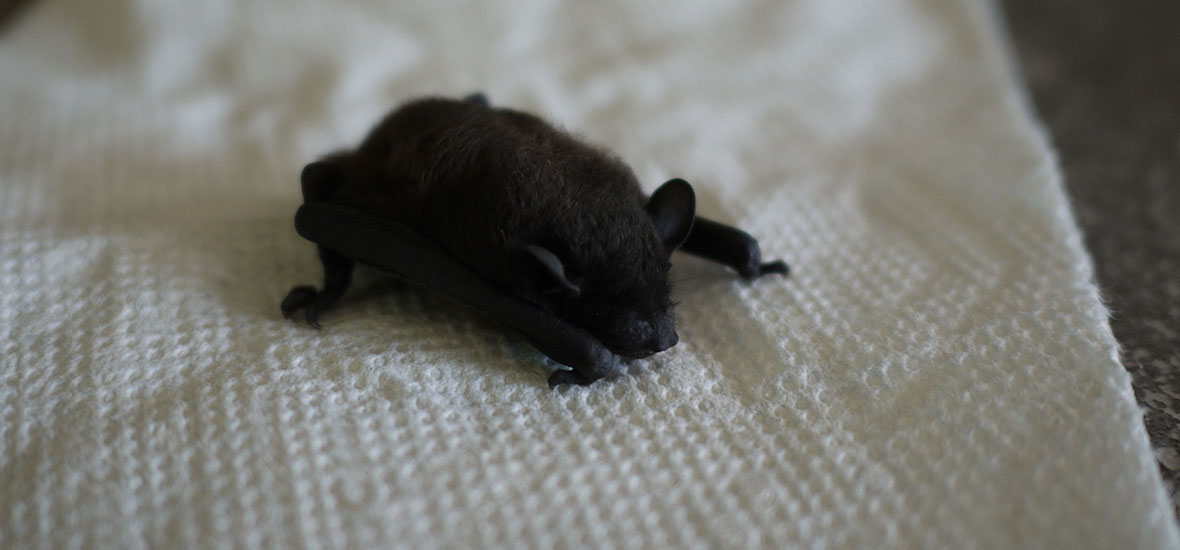- info@Olathepestanimal.com
Call 24/7 for a free quote:
913-828-0904
Olathe Bats and Their Natural Habitat - Do They Prefer Your Attic??
All types of Olathe creatures and organisms will require a unique habitat that will provide them with an immediate access to food and water. For the bat, they will have to look for an ideal roost site. Their habitat is more varied than what you initially expected. Their habitat is not simply located in the bat cave. They can also be found in a variety of sites such as man-made and natural location.

Bats That Are Dwelling in the Cave
A lot of Kansas people will easily assume that all bats can be found in the cave. However, according to the reports, only 1/3 of the population of the bat is found inside the cave. Most of them belong in the species of the microbats. The size of the cave bat can differ. This may range from small crevices or cracks to an extensive caverns.
The caves have been determined as an ideal habitat of the Kansas bats. They provide an ample protection for the bats since they keep them safe from the predators. The temperature inside the cave is also pretty stable that allows them to minimize the energy that they have to use. Remember that the bats will have to manage the use of their energy especially when they are regulating their temperature.
Bats Dwelling in the Olathe Forest
Most mega bats will not use cave. They prefer to find an ideal place to roost in the forest. They may find their suitable roost at the woodlands or at the rainforest. The mega bats are not picky when it comes to their roost. They will normally hang on the tree branches that offer limited protection against predator and harsh weather condition. In order to remain safe, some species such as the flying foxes will choose to roost in large group. The Tube-nosed and the Blossom bat, on the contrary, will prefer to live in small group. Their camouflage ability helps them remain safe in the wild.
The mega bats can also be discovered close to the source of water and tall trees. Some bats prefer to stay far from the presence of the human activities. Unfortunately, they are commonly disturbed by human activities that prevent them from living peacefully in their natural habitat. This is why they can be found in the urban areas. Their number can easily swell to a few hundreds. Their sheer weight can cause damage to the trees. The huge demand to foods may also affect the availability of the food within the habitat.
Bats that don't roost will live in the cavity of the trees or in the hollow of the loose bark. The Kansas eucalyptus tree would be a suitable habitat for them due to the tendency to develop hollows. Generally, it will take long years before the hollows developed which greatly affects these species of bats.
The Olathe bats will not choose to live near human if they have a better alternative in the wilds. The natural habitat of the bats is protected under the law. Disturbing their roost can lead to fines and months of imprisonment.
Visit our Olathe wildlife removal home page to learn more about us.

